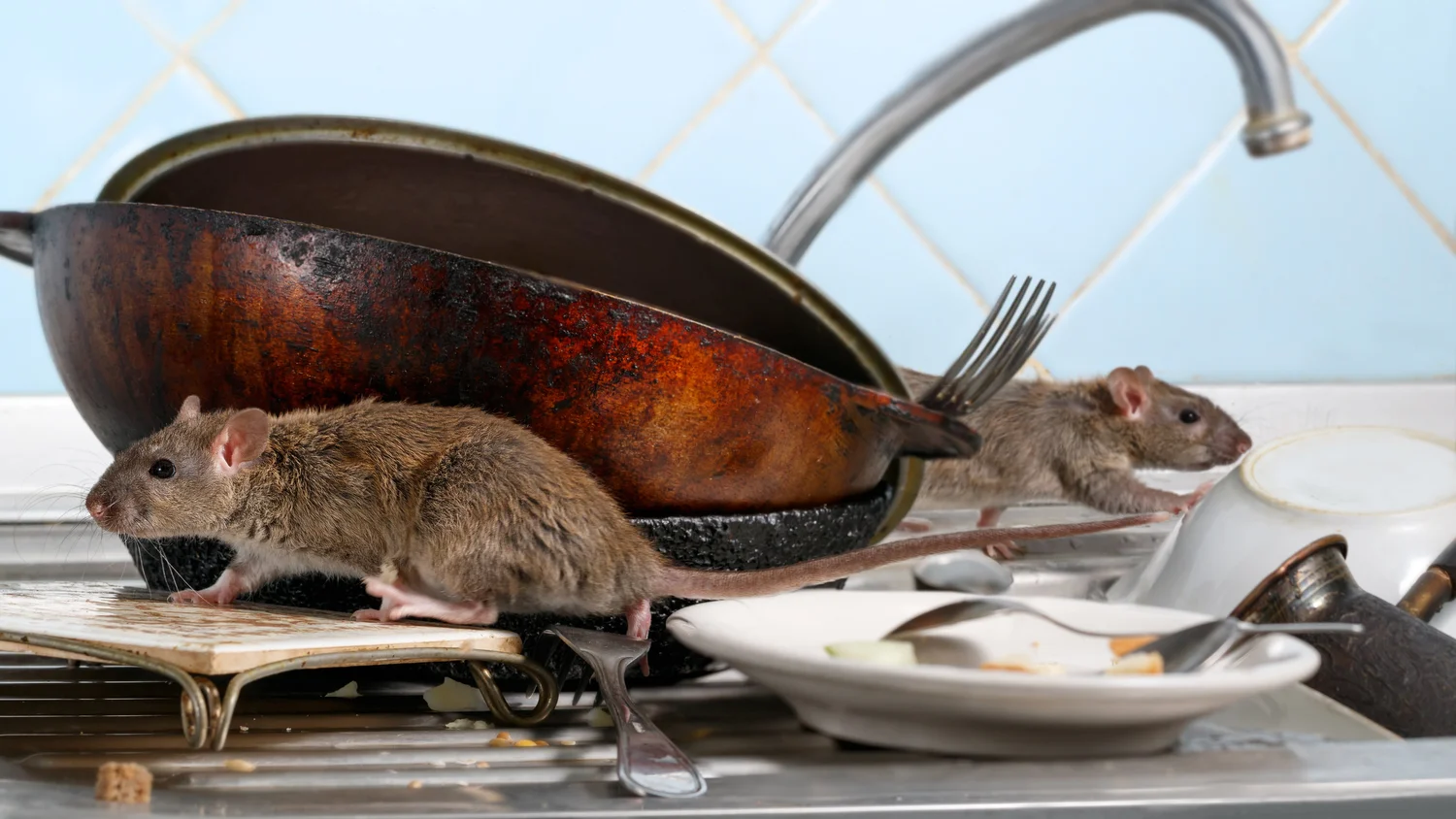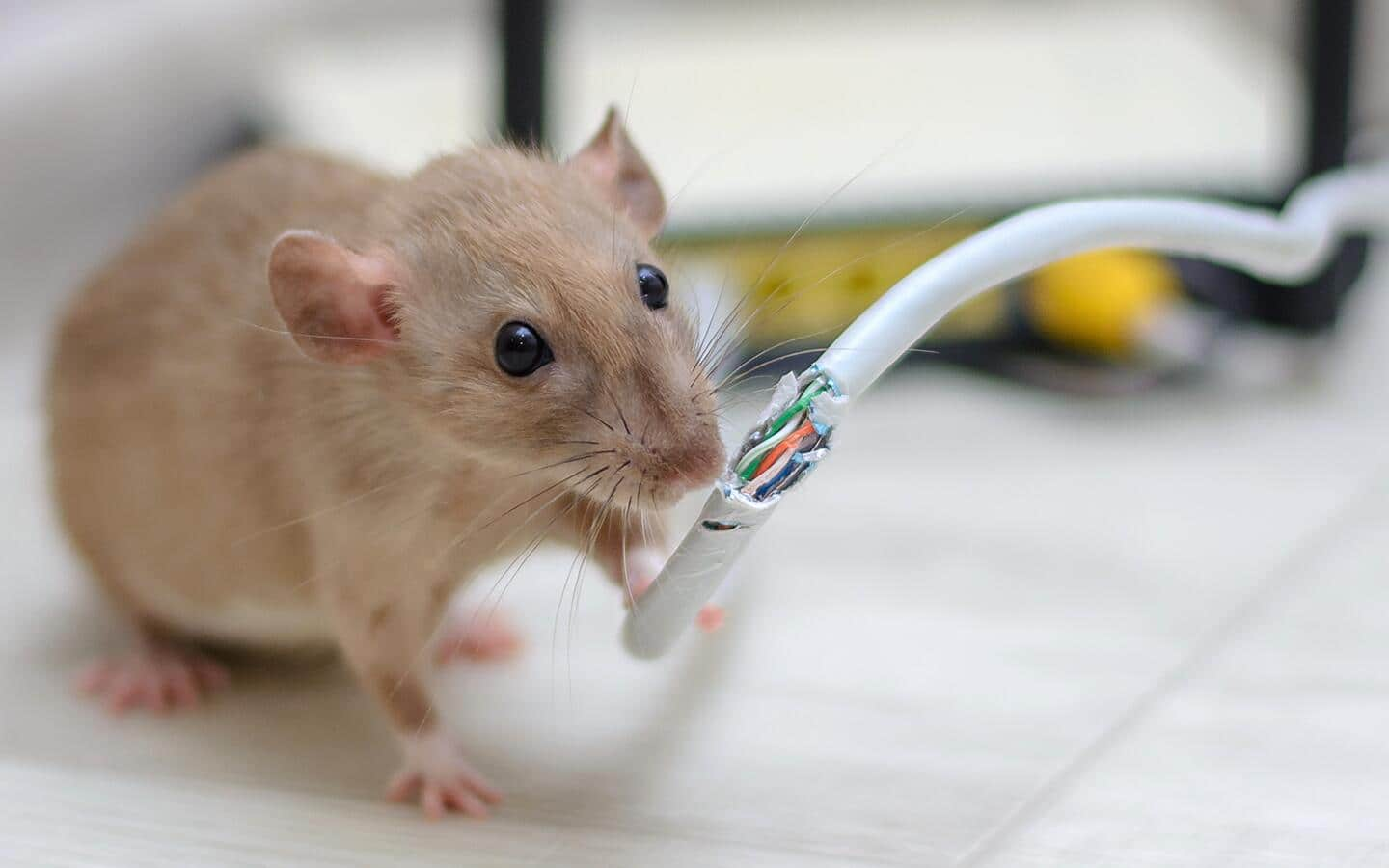Effective DIY Pest Control Solutions for Homes That Last
Share
In today's world, the need for safe and effective DIY pest control solutions for home is paramount. Whether your home is under siege by ants or you're hearing the infamous pitter-patter of rodent feet, managing these intruders can seem daunting. Fortunately, there are numerous methods that can help you fend off these pesky invaders without resorting to harsh chemicals. DIY pest control solutions for home not only provide a chance to reclaim your living space but also allow you to do so in an environmentally friendly way.

Understanding Your Enemy: Common Household Pests
Before delving into specific DIY pest control solutions, its critical to understand the types of pests you're dealing with. From ants and bed bugs to cockroaches and rodents, each pest requires a tailored approach. Its also important to identify the signs of infestation early. Stains, droppings, and strange scents are often the first indicators that a pest issue is brewing.
Ants: Unwanted Kitchen Guests
Ants are notorious for getting into everything, especially food. Setting out bait traps and sealing all possible entry points can mitigate their presence. Additionally, a simple mixture of vinegar and water spray acts as a natural deterrent for these tiny intruders.
Bed Bugs: The Nighttime Nuisance
Bed bugs are another notorious pest that thrive in your bedding and make sleeping a true horror. Frequent washing and vacuuming can keep them at bay. For a comprehensive step-by-step guide, this DIY pest control guide from Family Handyman offers invaluable insights.
Cockroaches: The Resilient Invaders
Cockroaches love damp areas, and like ants, they are in search of food. Boric acid, diatomaceous earth, and baking soda mixtures are extremely effective at controlling these pests. Do note, these should be kept out of the reach of children and pets.
Natural and Effective Pest Repellents
Many natural ingredients can be used as effective pest repellents. For instance, essential oils such as peppermint for spiders and tea tree oil for fleas offer chemical-free alternatives to store-bought solutions. Theres substantial information available on managing pests naturally and humanely on this guide by TrapX Pest Tech.
Securing Your Home: Barriers and Deterrents
Sealing cracks, repairing holes, and securing food are all crucial steps in securing your home against pests. Installing door sweeps and using caulk to seal openings can deter a variety of pests. Proper food storage is another essential factor in reducing pest intrusions.
Ingenious Homemade Traps
Getting creative with homemade traps can help catch and remove pests. Examples include peanut butter mouse traps or apple cider vinegar fruit fly traps. The ingenuity involved in setting these traps is often rewarded with significant pest reduction.
When Professional Help Becomes Necessary
While DIY pest control methods are effective for minor issues, there are cases where professional intervention becomes necessary. Large infestations, like termites, require intricate treatments best left to experts. Insights on preventing termite invasion can be found in this comprehensive termite prevention article.

FAQ: Common Pest Control Concerns
How often should I inspect my home for pests?
Conducting routine checks every few months helps catch infestations early. Look for signs like droppings or holes in food packages.
Are natural pest repellents effective?
Yes, natural repellents can be effective but might require more frequent application. They are less harmful and cater to specific pests.
When should I call a professional?
If your home treatment hasnt shown results after a couple of weeks, or if the infestation is severe and widespread, it's wise to call a professional.
Implementing DIY pest control solutions for home is not only practical but an empowering way of managing your living environment.
This article contains affiliate links. We may earn a commission at no extra cost to you.
